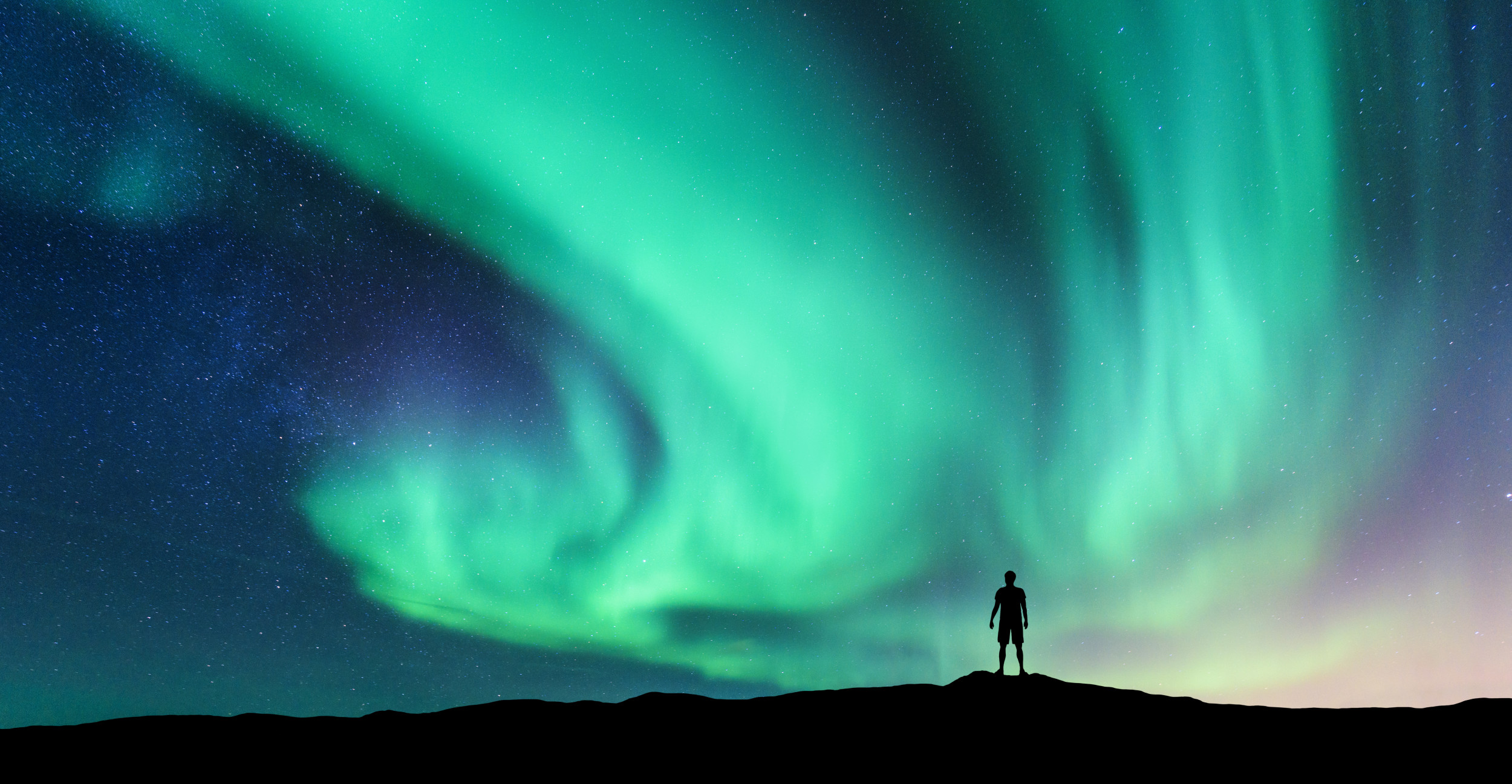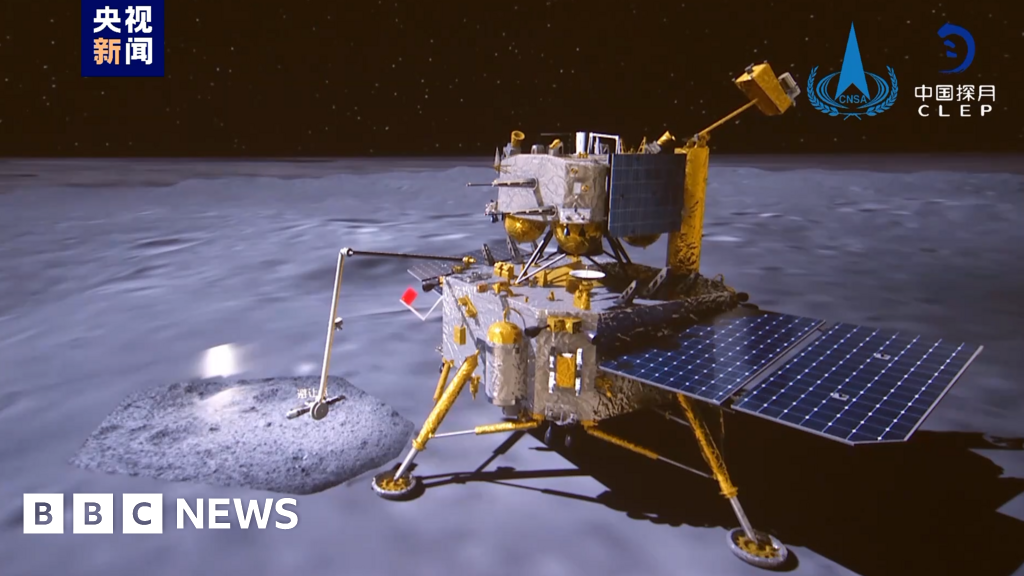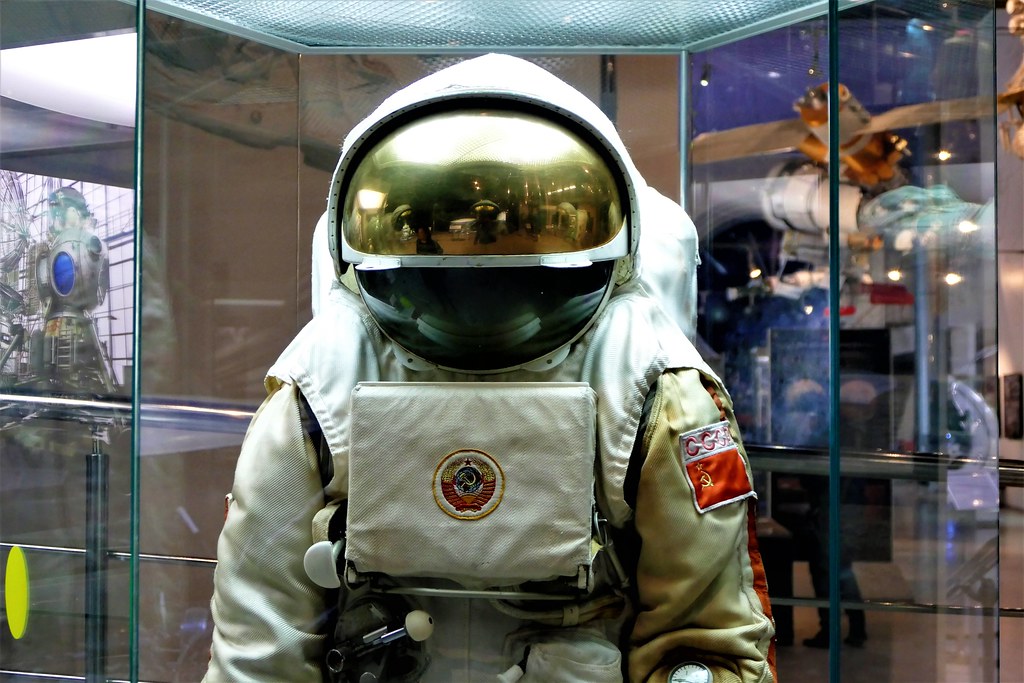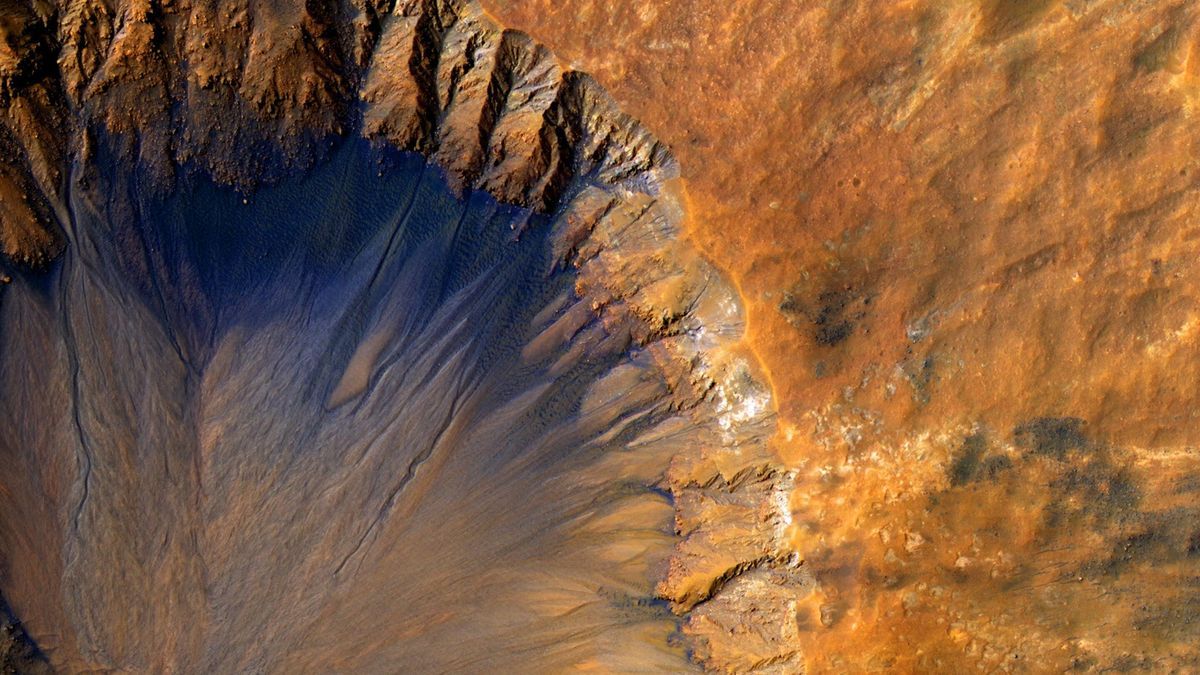The beautiful greens, purples and reds of the aurora borealis could be visible from northern parts of the upper Midwest tonight thanks to a solar flare hitting Earth.
The National Oceanic and Atmospheric Administration’s (NOAA) Space Weather Prediction Center (SPWC) has issued a G1 geomagnetic storm watch for June 4 in anticipation of a solar-driven coronal mass ejection (CME) impinging on our planet’s magnetic field.
G1 geomagnetic storms can cause the Northern Lights to be seen as far south as northern Michigan and Maine.
«A coronal mass ejection is an eruption of solar material. When they reach Earth, a geomagnetic storm can occur,» SWPC said in a statement. «CME that left the sun on June 1 could begin affecting Earth’s atmosphere on June 4.»
«The aurora may become visible along the horizon of the northern tier and the far north of the upper Midwest states.»
G1 watch for Tuesday, June 4…
CMEs are huge clouds of solar plasma and magnetic field that erupt from the sun, usually from magnetically active regions such as sunspots, and are often accompanied by solar flares.
If Earth is in the path of a CME, it can reach our planet within one to three days, depending on the speed of the ejection. When a CME hits Earth’s magnetosphere, it can trigger geomagnetic storms due to its interaction with our planet’s magnetic field.
Geomagnetic storms are ranked on a scale of G1 (minor) to G5 (extreme), which means that the storm hitting us tonight is the weakest type. There are about 1,700 G1 storms per 11-year solar cycle, while the more powerful G4s occur only about 100 times per cycle, and G5 storms are seen only about four times per cycle.
The G5 geomagnetic storm that hit Earth on May 10, triggering northern lights in all 50 US states and as far south as Mexico, was the first recorded since 2003.
«The strength of a solar storm is rated on a scale that is analogous to a hurricane scale. Roger Dube, professor of physics at the Rochester Institute of Technology in New York, told Newsweek.
«Earth’s magnetic field causes charged particles to spiral around the polar regions as they move, increasing the likelihood of collisions with molecules in the atmosphere. These collisions involve the emission of light of different colors, creating colorful atmospheric showers called the northern lights.»
ISTOCK / GETTY IMAGES PLUS
According to the SWPC, G1 storms can cause mild fluctuations in the power grid and minor impacts on satellites. Stronger storms have a much greater effect on our planet and our infrastructure: G5 storms can cause voltage control problems so widespread that transformers can be damaged, and satellites can require more frequent orbit adjustments due to increased atmospheric drag.
The strongest geomagnetic storm in recorded history was the Carrington event of 1859, which caused fires in telegraph offices.
«In the most powerful Carrington event ever, there were reports of telegraph lines arcing due to the voltage induced in them,» Alan Woodward, a professor of computer science and space weather expert at the University of Surrey in the UK, told Newsweek.
«If that were to happen today, you can imagine how much electronic equipment we depend on and extrapolate how much it’s disrupting the Earth.»
Do you have advice on a science story that Newsweek need to cover? Do you have questions about CMEs? Let us know via science@newsweek.com.
Unusual knowledge
Newsweek is committed to challenging conventional wisdom and finding connections in search of common ground.
Newsweek is committed to challenging conventional wisdom and finding connections in search of common ground.





yes